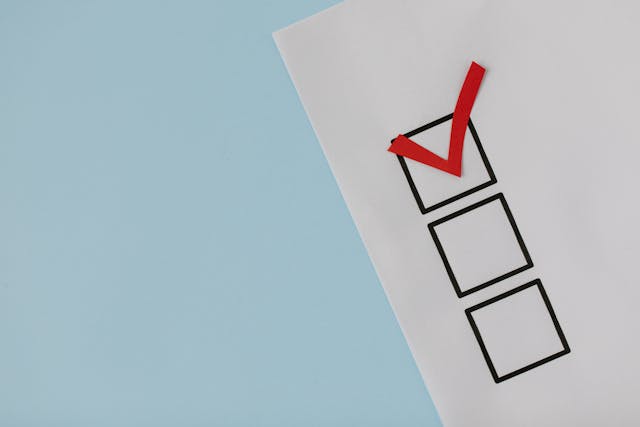Ensuring compliance with General Data Protection Regulation (GDPR) is essential for small businesses using marketing pixels and tracking tags. Use this checklist to protect user privacy while leveraging digital marketing tools like Facebook Pixel, Google Tag Manager, and LinkedIn Insights.
✅ Step 1: Implement a GDPR-Compliant Cookie Consent Banner
A cookie consent banner is the first step in ensuring GDPR compliance, as it provides users with control over their data preferences. This banner must clearly inform users of tracking activities and give them the option to accept, reject, or customize their cookie settings.
✅ Step 2: Use a Consent Management Platform (CMP)
A Consent Management Platform (CMP) helps businesses automate compliance by managing user consent preferences and ensuring tracking scripts are executed only after obtaining permission. Using a CMP streamlines data collection processes while minimizing legal risks associated with unauthorized tracking.
✅ Step 3: Anonymize User Data
To comply with GDPR, businesses should reduce the risk of collecting personally identifiable information (PII) by anonymizing user data whenever possible. Techniques such as IP anonymization and server-side tracking help protect user privacy while still providing useful marketing insights.
✅ Step 4: Audit Your Marketing Pixels Regularly
Periodic audits ensure that only essential marketing pixels are being used and that unnecessary tracking scripts are removed. Keeping an updated record of all active tracking technologies helps businesses remain transparent and compliant.
- Plug: Launch Encore 360 specializes in this service. Make an appointment today!
✅ Step 5: Document User Consent and Data Processing Activities
Maintaining records of user consent and data processing activities is essential for demonstrating compliance in case of audits or user inquiries. Clear documentation of how and when consent was obtained can prevent legal complications.
✅ Step 6: Provide Users with Control Over Their Data
Under GDPR, users must have easy access to manage their personal data, including the ability to withdraw consent or request deletion. Businesses should implement accessible tools and transparent processes for users to control their information.
✅ Step 7: Ensure Legal Justification for Data Collection
Data collection must be based on a lawful basis, such as explicit user consent or legitimate interest, with clear justification for why it is necessary. Businesses should avoid collecting excessive data and ensure that all processing activities are legally defensible.
✅ Step 8: Train Your Team on GDPR Best Practices
Ensuring that employees understand GDPR requirements and data privacy best practices reduces the risk of accidental non-compliance. Regular training sessions keep teams informed about evolving regulations and company policies.
Final Thoughts
GDPR compliance is crucial for businesses using marketing pixels. By following this checklist, small businesses can balance effective digital marketing with user privacy and legal security. Implementing these steps will help maintain customer trust and protect your business from potential fines.
Need more GDPR compliance support? Contact us today!
(image by Tara Winstead)


